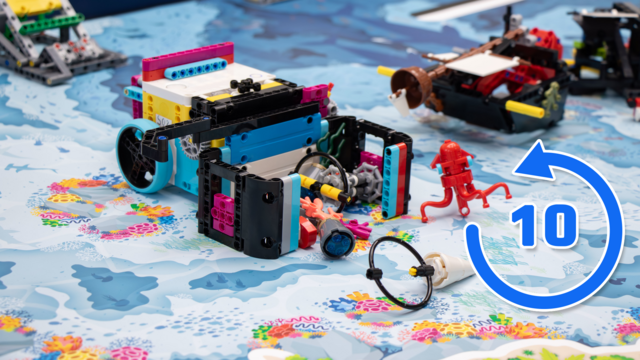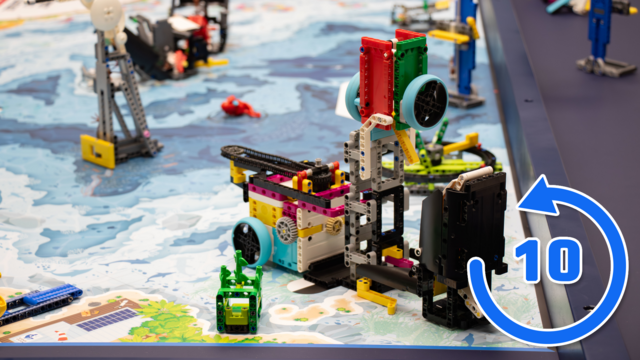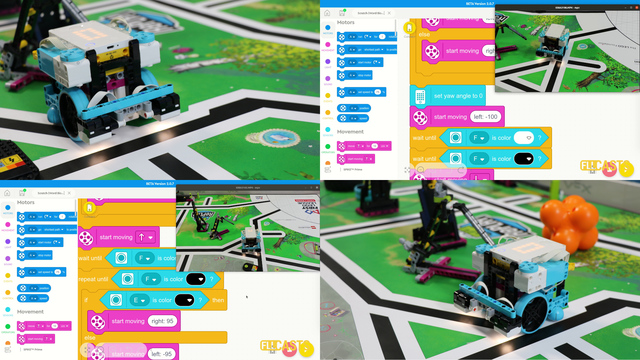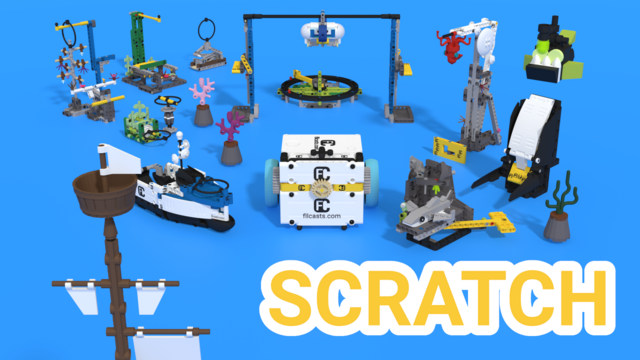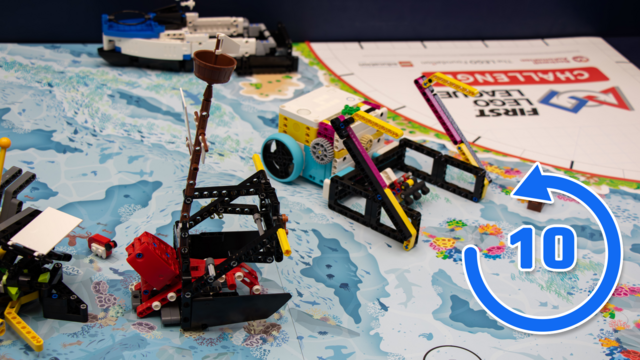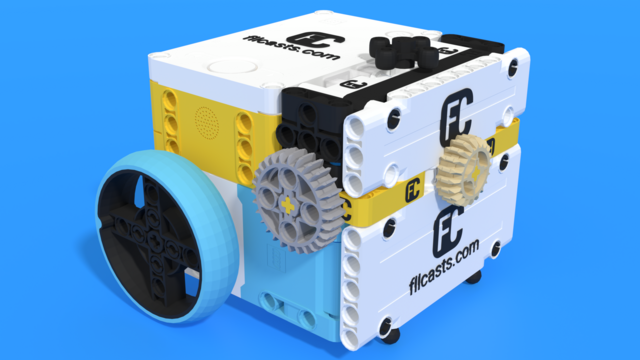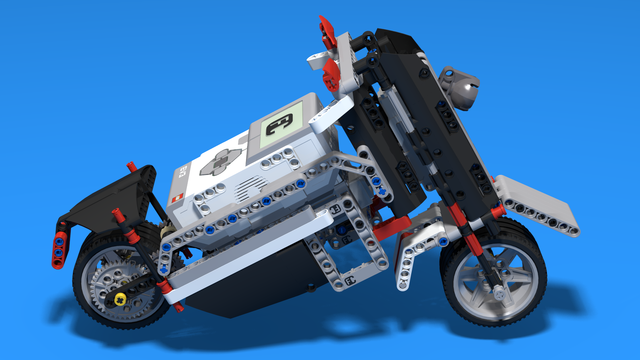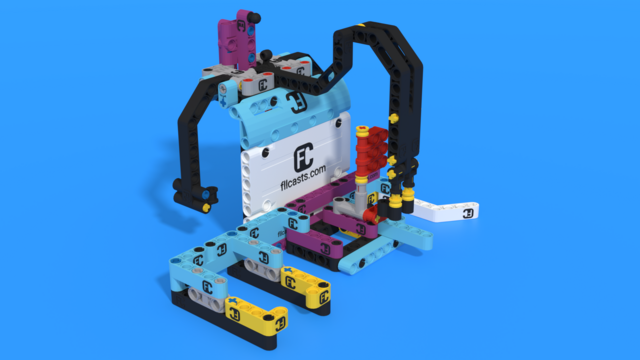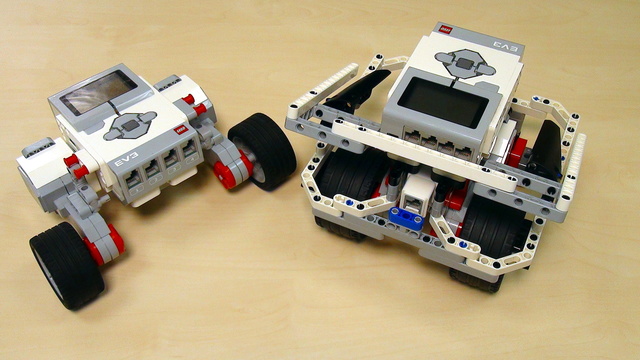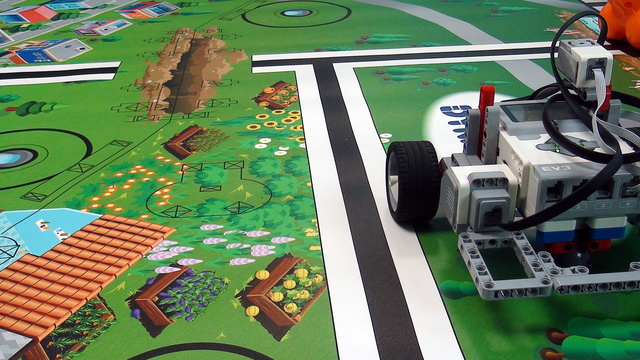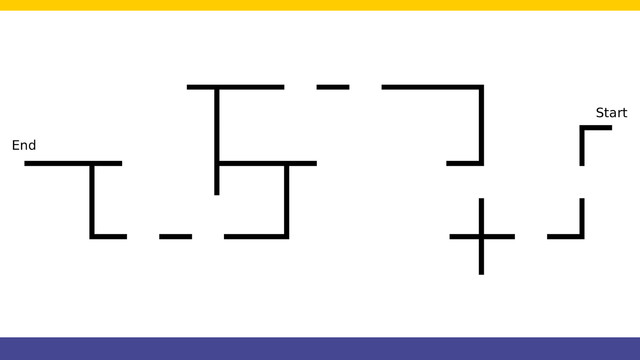We are mentors, judges, teachers, professional engineers, and software developers with a lot of experience in FLL, and we've been helping teams for the last 15 years. At FLLCasts, we share specific courses, robot constructions, attachments, and programs demonstrating how various missions could be accomplished. Note that we do not share solutions for the current season as this is against our rules, but we share the principles by which various missions could be accomplished, and how similar missions were accomplished in the past. You have all the information in one place.
FLL is a journey that is sometimes difficult but always rewarding. You are not alone in this journey. FLLCasts has helped tens of thousands of students build Box Robots, use rubber bands, and program advanced state machines to achieve the consistency of the robot's behavior. We are your partner with all the experience and knowledge that we have, and we will guide you through the process of learning and accomplishing the missions.
